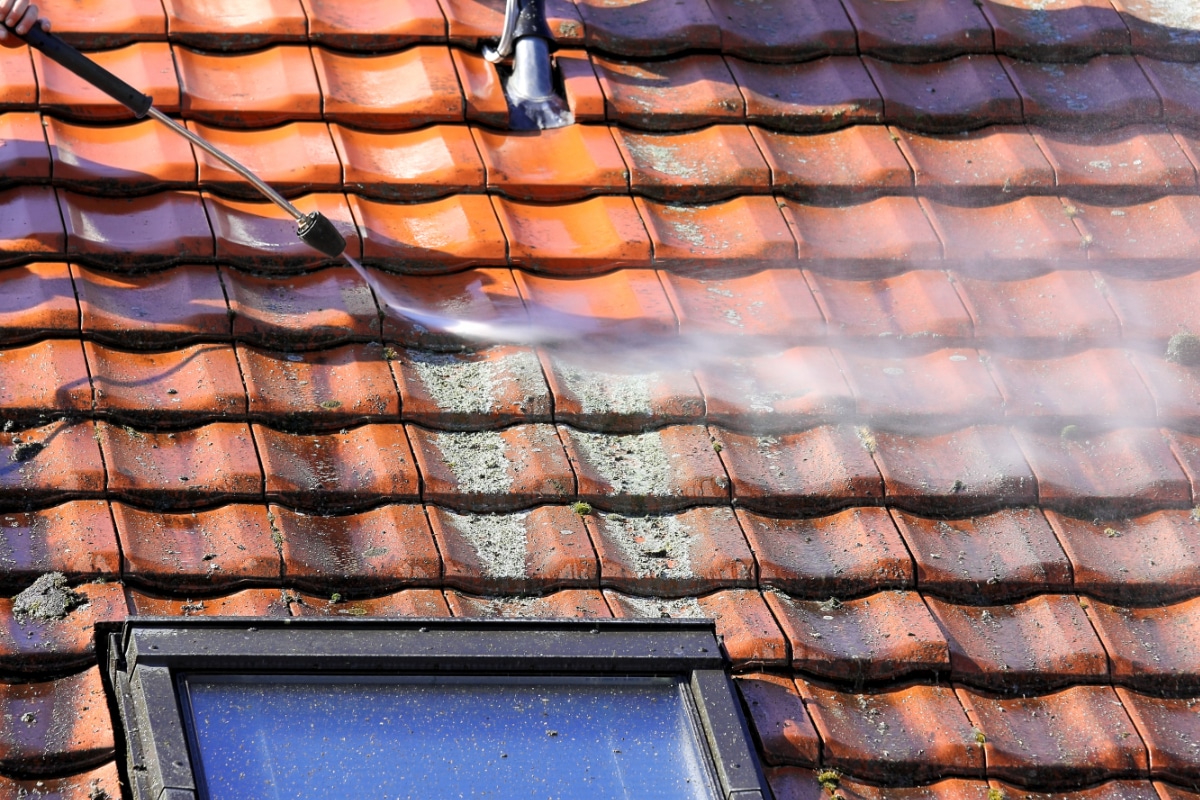According to the old saying, good Cardiff fencing make for good neighbors. And, according to The U.S. Market for Fencing, a market research report from SBI, fences make for good business, too. Taking into account import and export data, SBI estimates the fencing market, comprising metal, vinyl and wood fencing, to be at $3 billion in 2005.
It analyses the factors driving this current period of growth, including a vibrant economy, growing disposable income, a still strong housing and remodeling market, and consumer interest in home improvement and home decor.
SBI finds that this market will continue to be robust and reports steady growth in all three major fencing material areas (wood, metal and vinyl) , particularly vinyl. This updated SBI report covers current fencing marketing trends, market size and composition, market size forecasts, competitive market analysis, consumer preferences, the international trade related data including imports, exports and shipments and profiles of major market players.
US demand to reach 935 million linear feet in 2012
US demand for fencing is forecast to expand approximately two percent per annum to 935 million linear feet in 2012. A recovery in the residential market will spark faster overall growth in fencing demand. This market, which accounts for over one-half of the market total, contracted as housing construction declined in 2006 and 2007. Among all the major fencing markets such as temporary fence,wire mesh,fence manufacturers,steel fence post,wire fence,portable fence etc, the fastest gains are expected to come from the nonbuilding market, which will benefit from a rebound in street and highway construction.
Metal fencing to remain dominant, plastic and composite to grow the fastest
Among fencing materials, demand for plastic and composite fencing is forecast to grow fastest, as these products continue to penetrate the large residential fencing market at the expense of wood products. Although wood fencing products remain the most popular residential fencing type, competition from plastic and composite fencing is quickly eroding its market share. Plastic materials can offer similar aesthetics to these products, while significantly reducing maintenance costs. While vinyl fencing products continue to account for the largest share of plastic fencing demand, composite products are expected to grow fastest. Metal fencing products account for two-thirds of the fencing market in terms of dollar value (although somewhat smaller in terms of linear feet). Metal fencing’s prominence stems from its popularity in the nonresidential building and nonbuilding markets, where metal fencing (particularly chain link) is commonly used to secure property. Going forward, demand for metal fencing is expected to grow in line with the market as a whole.
Fastest growth in Midwest, West regions of the US
Demand for fencing is expected to grow fastest in the Midwest and West regions of the US. The Midwest suffered the greatest drop in housing construction over the 2002-2007 period, and will benefit the most from the rebound of the residential fencing market. Fencing demand in the West will be driven by gains in the nonresidential fencing market, particularly in the Mountain subregion where the economic outlook is most favorable.
Study coverage
Fencing study, presents historical demand data (1997, 2002 and 2007) plus forecasts for 2012 and 2017 by product, market and region of the US. The study also examines market environment factors, assesses company market share data and profiles 32 US industry.




